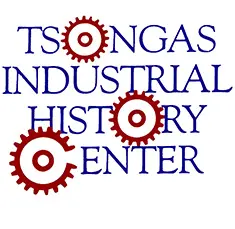After reading the document, "Enslaved Labor and the Land," respond to this prompt:
Think:
What new information did you learn about slavery in the United States? How does this new knowledge cause you to think differently about slavery? How does this information alter your previous impressions about the connections between the North and the South prior to the Civil War?
Write:
Write an anti-slavery article for abolitionist William Lloyd Garrison’s “The Liberator” newspaper. Use evidence from the documents to support your argument.
Document Questions:
Page 2: In the quote at the bottom of the page, why does the author say that the cotton gin was so well received?
Page 3: Examine the pictograph. In your own words, explain how the beginning of widespread use of the cotton gin changed the nature of enslavement in the south.
Page 4: Examine the image of enslaved people picking cotton and respond to the following questions:
- What do you see?
- What do you think?
- What do you wonder?
Page 5: In your own words, explain the importance of small gardens to enslaved people.
Page 6: Why do you think an enslaved person might have stolen meat? Washington knows that if he doesn’t increase security on the meat stores, more may be stolen. What do you think that says about how Washington treated the people he enslaved?
Page 8: How was Richard described in the advertisement? How do the writer’s words reinforce Richard’s position in life?
Page 9: In your own words, describe the connection between the North and South in the early 19th century leading up to the Civil War.
Page 10: What reasons do signers of the public meeting document, the men who are the leaders of Lowell, give in support of the South and enslavement?
Page 11: These documents show the pervasive extent of slavery’s hold on all aspects of the cotton textile business in the United States. What do you think of the fact that labor of enslaved people was so tightly linked with the textile industry?
